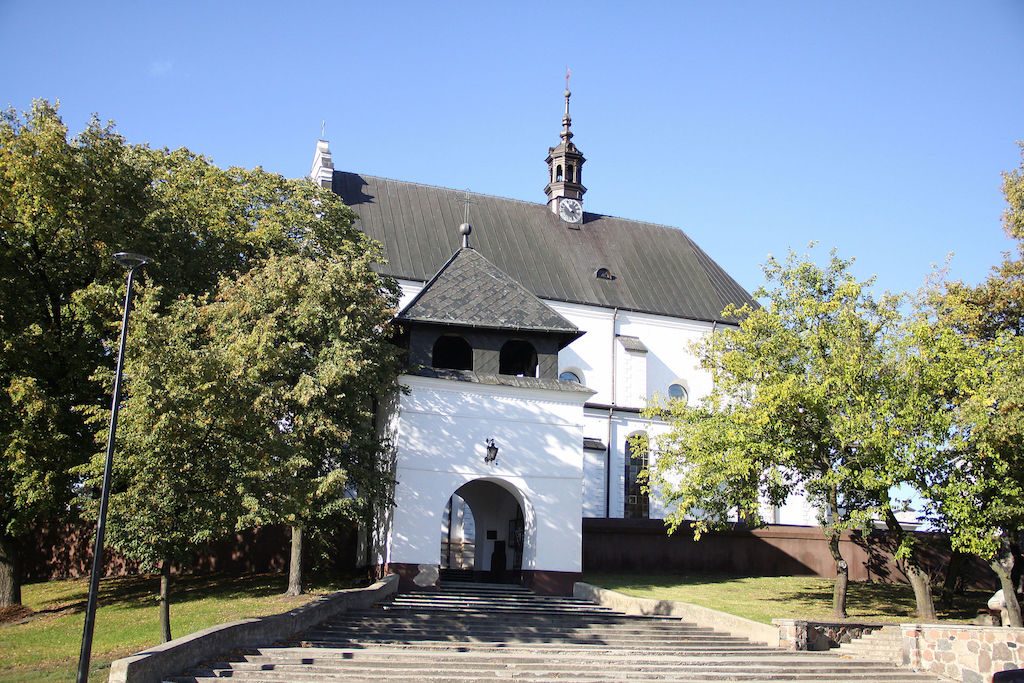Successful operation of geothermal district heating system in Poddebice, Poland
With five years of successful operation, the geothermal district heating system at Poddebice in Poland is a great example of what can be achieved in Poland's path to move from coal-fired heating to clean, geothermal heating.
At a recent conference on the potential for geothermal energy utilisation in Poland in Poddebice, Icelandic engineering group Verkís presented the results of the geothermal district heating project in the city.
The conference focused on topics related to the potential of geothermal utilization in the town of Poddebice in Poland. Verkís has provided consultation and set forth proposals for the possible expansion of the existing geothermal power plant in Poddebice and Óskar Pétur Einarsson, senior mechanical engineer at Verkí discussed these proposals in one of his presentations at the conference.
The geothermal district heating system in Poddebice went into operation in 2012 and has now been in operation for five years. At present it provides 5,5 MW thermal, which suffices to serve part of the town’s demand for heating and hot water. Plans of an expansion up to 18 MW thermal involve the goal of supplying the heat requirements of all residents of the town, which number close to eight thousand. It is also hoped that the knowledge and experience gained from the project can be used to increase the number of areas in Poland that will utilise geothermal heating systems in the future.
Mr. Einarsson presented a cost analysis of the various power plant installations that require enlargement or expanding in order for the expansion to be realized. He also suggested that a gas pump be used for peak power requirements, as this solution would probably cheaper than using a heat pump. Verkís’ proposals also recommend drilling a second well, in addition to the single well serving the plant at present. Thus, electricity and fuel cost for heating in the future will be almost none.
The current production capacity of the heating plant is 190 cubic meters/h. A 100 kW pump was installed at a depth of 90 meters in the production well and to date it has been operated at a maximum of 50% of its capacity. It is possible to operate this pump at higher performance, or up to 260 m³/h.
Verkís consulted on the above project in collaboration with ÍSOR, for the Icelandic National Energy Authority.
With Poland’s new efforts for geothermal energy utilization to move from a predominantly coal-fired heating sector to geothermal energy based district heating, this project is a great example of what can be achieved.
Source: Verkís


















